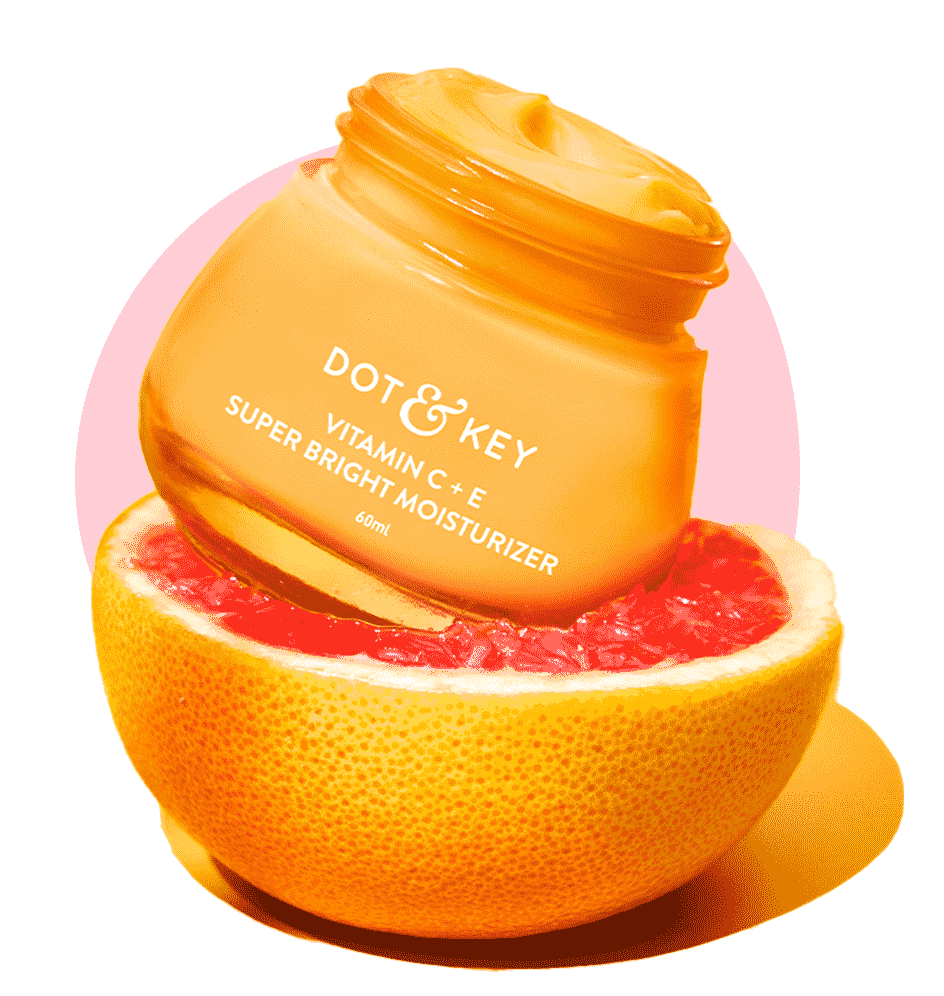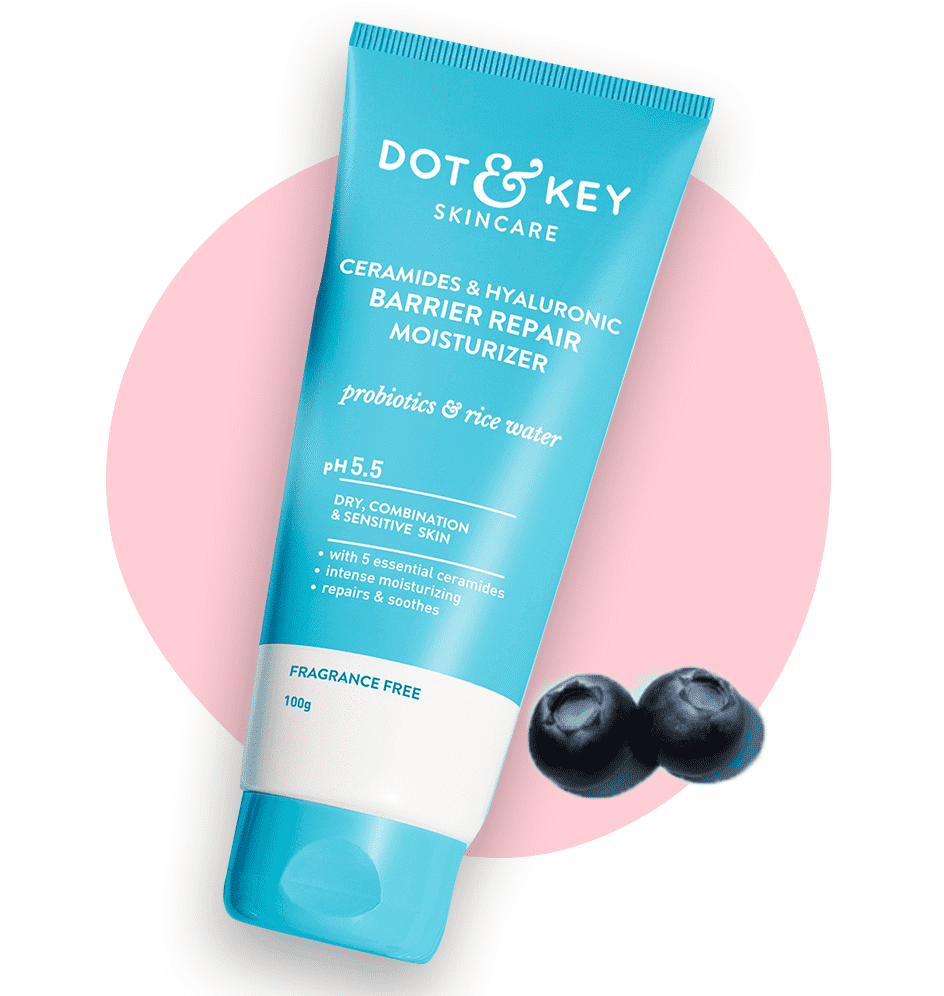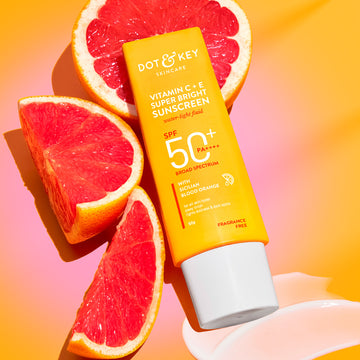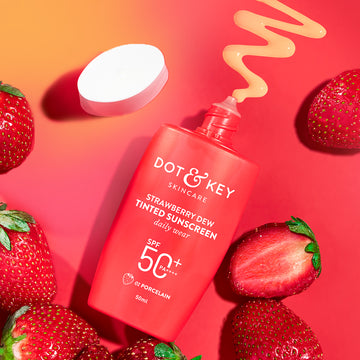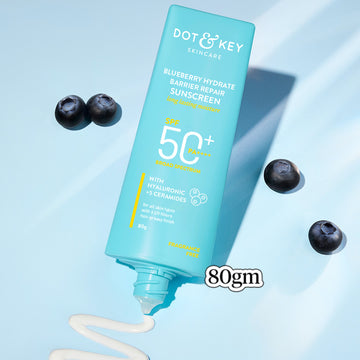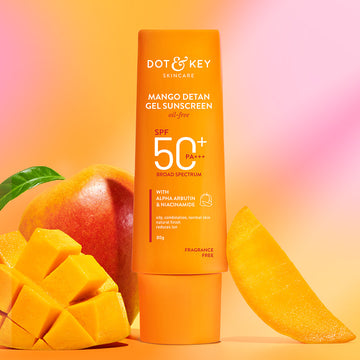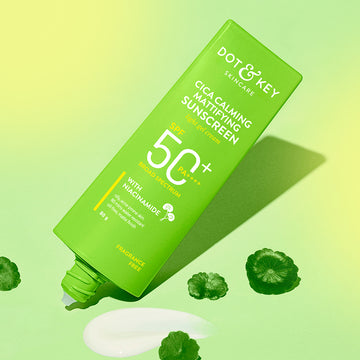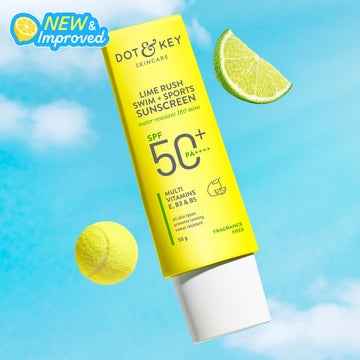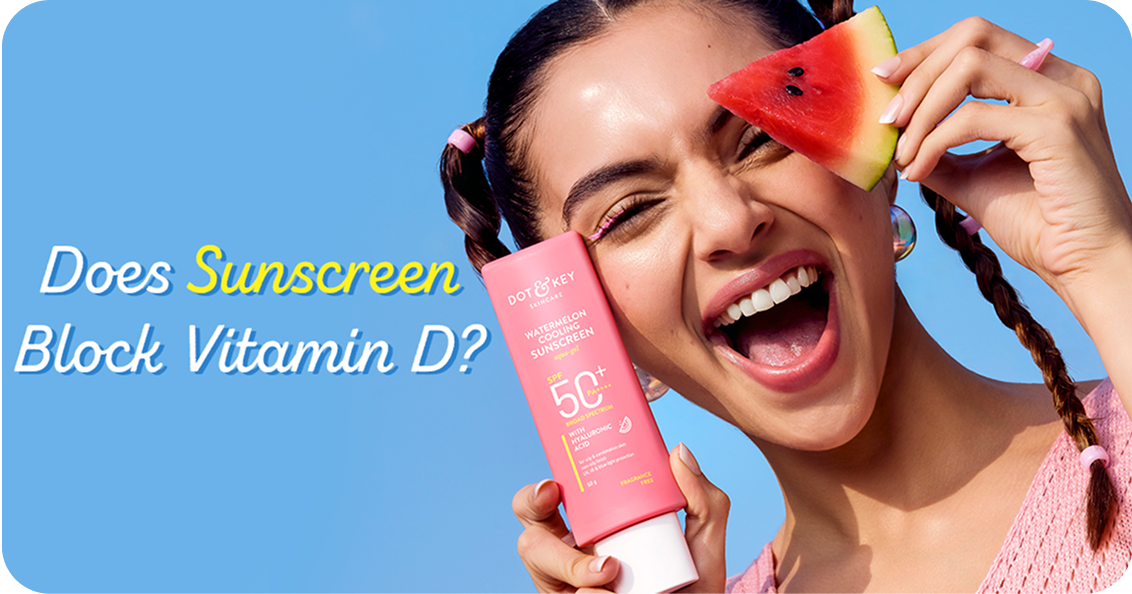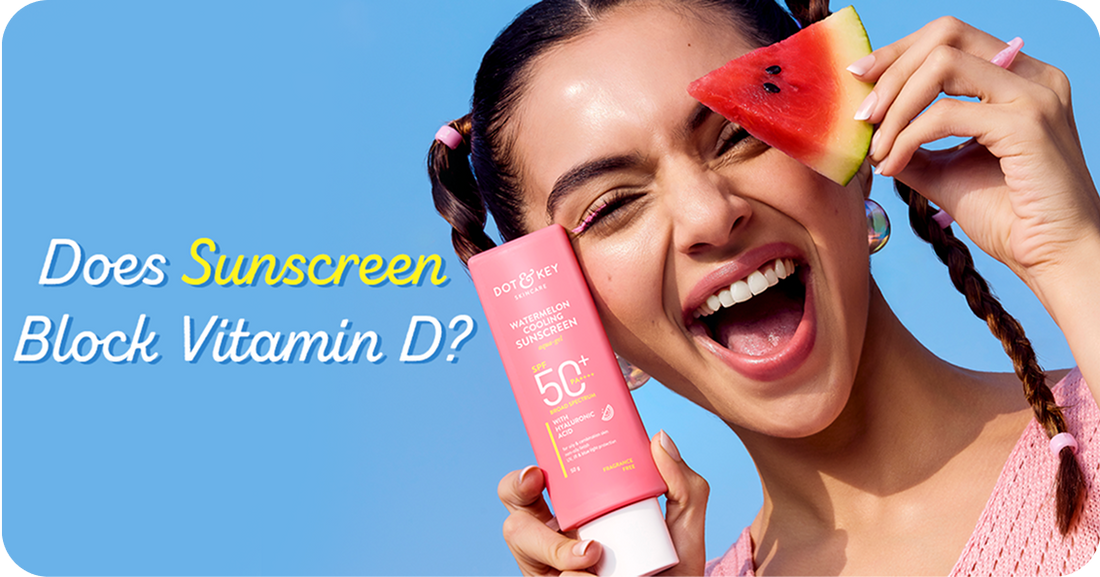
You wear sunscreen to protect your skin—but what about your vitamin D levels? Can your daily SPF habit actually block the Vitamin D your body needs?
It’s a smart question—and one that’s sparked a lot of debate. Vitamin D plays a vital role in everything from strong bones to a healthy immune system, and sunlight is your body’s #1 natural source. But in today’s world, where daily sunscreen use is non-negotiable (thanks, UV damage!), many wonder: are we trading glow for deficiency?
In this guide, we’ll break down what science really says about sunscreen and vitamin D, bust some popular myths, and show you how to get the best of both worlds—sun safety and sufficient D. Let’s clear up the confusion!
What Is Vitamin D, and How Does the Sun Provide It?
Before we dive into whether sunscreen blocks vitamin D, let’s shine a light on how this vital nutrient is made in the first place.
Your skin is like a mini vitamin D factory. When it’s exposed to UVB rays from the sun, a compound in your skin called 7-dehydrocholesterol gets converted into previtamin D3, which then transforms into vitamin D3 (cholecalciferol) — the active form your body can use.
Pretty cool, right? Even cooler: under ideal sunny conditions, your skin can produce between 10,000 to 20,000 IU of vitamin D in just 15–30 minutes of midday exposure. That’s way more than the daily recommended 600–800 IU for most adults (according to the National Institutes of Health).
But here’s the twist: the same UVB rays that fuel vitamin D are also the ones responsible for sunburn, premature aging, and skin cancer. That’s where sunscreen steps in to save the day—but at what cost to your vitamin D levels?
Does Sunscreen Block Vitamin D?
The short answer is yes, sunscreen can reduce vitamin D production—but the extent depends on several factors. Sunscreen works by absorbing or reflecting UVB rays, the very rays responsible for vitamin D synthesis.
Studies show that properly applied sunscreen with SPF 15 or higher can block 95–99% of UVB rays, theoretically limiting vitamin D production significantly.
Key Research Findings
- A 2019 study in the British Journal of Dermatology found that SPF 15 sunscreen, when applied at the recommended 2 mg/cm² (about 1 ounce for full-body coverage), reduced vitamin D synthesis by over 90% in controlled settings.
- A 2024 update from the Journal of Investigative Dermatology confirmed that real-world use—where people often apply less than the recommended amount—allows some UVB penetration, resulting in modest vitamin D production even with sunscreen.
- In contrast, a 2025 Australian study highlighted that high-SPF sunscreens (SPF 50+) still permit trace UVB exposure, enough to produce small amounts of vitamin D over time.
So, does sunscreen block vitamin D completely? Not entirely. While it significantly reduces synthesis, it doesn’t eliminate it, especially with typical (imperfect) application.
Factors That Influence Vitamin D Production With Sunscreen
The impact of sunscreen on vitamin D levels isn’t black-and-white. Here’s what affects whether sunscreen blocks vitamin D in your case:
1. SPF Level
Higher SPF means greater UVB blocking. SPF 30 blocks 97% of UVB rays, while SPF 50 blocks 98%. However, no sunscreen blocks 100%, so some vitamin D production can still occur.
2. Application Amount
Most people apply only 25–50% of the recommended amount, according to a 2024 Skin Cancer Foundation survey. Skimping on sunscreen lets more UVB through, potentially offsetting the vitamin D reduction—but also increasing UV damage risk.
3. Skin Type
Darker skin tones, rich in melanin, naturally filter more UVB, requiring longer sun exposure for adequate vitamin D. Add sunscreen, and the effect compounds, making does sunscreen block vitamin D a bigger concern for those with higher melanin levels.
4. Time of Day and Location
UVB rays peak at midday and are stronger near the equator or at high altitudes. Early morning or late afternoon sun, especially in northern latitudes (e.g., Canada or Scandinavia), offers less UVB, so sunscreen’s impact on vitamin D is less pronounced.
5. Duration of Exposure
Short bursts of unprotected sun exposure (10–30 minutes, depending on skin type) can maximize vitamin D without significant damage. Sunscreen applied after this window minimizes risk while preserving benefits.
Does Sunscreen Block Vitamin D Enough to Cause Deficiency?
Vitamin D deficiency is a global health concern, affecting over 1 billion people, per the World Health Organization (WHO) in 2025. Symptoms include fatigue, bone pain, and weakened immunity. But does sunscreen use alone drive this? Not necessarily.
Real-World Evidence
A 2023 meta-analysis in Nutrients found no significant link between regular sunscreen use and vitamin D deficiency in sunny climates, where incidental sun exposure (e.g., hands and face) often suffices.
However, in regions with limited sunlight—like northern Europe during winter—sunscreen could exacerbate low vitamin D levels, especially if paired with minimal outdoor time.
Balancing Act
Experts like Dr. Henry Lim, past president of the AAD, argue that does sunscreen block vitamin D shouldn’t deter use. “Sunscreen reduces but doesn’t eliminate vitamin D production, and UV damage far outweighs the risk of deficiency, which can be addressed through diet or supplements,” he noted in a 2025 interview.
How to Get Vitamin D Without Sacrificing Sun Safety
If does sunscreen block vitamin D worries you, don’t ditch the SPF. Here’s how to maintain healthy levels safely:
1. Strategic Sun Exposure
Expose your arms, legs, or face to the sun for 10–30 minutes (depending on skin type and UV index) a few times a week, ideally before 10 a.m. or after 4 p.m. Then apply sunscreen to lock in protection.
2. Dietary Sources
Boost vitamin D intake with foods like:
- Fatty fish (salmon, mackerel): 400–1000 IU per serving.
- Fortified milk or orange juice: 100–150 IU per cup.
- Egg yolks: 40 IU each.
3. Supplements
Vitamin D3 supplements (1000–2000 IU daily) are a safe, effective way to meet needs, especially in winter or for darker-skinned individuals. Consult a doctor to avoid overdoing it—excess vitamin D can cause toxicity.
4. Check Your Levels
A simple blood test (25-hydroxyvitamin D) can reveal if you’re deficient (below 20 ng/mL) or optimal (30–50 ng/mL), guiding your approach.
Myths and Misconceptions
Let’s bust some myths circulating in 2025:
Myth: Sunscreen makes vitamin D impossible to produce.
Truth: Even SPF 50+ allows trace UVB through, and real-world application gaps mean some vitamin D synthesis occurs.
Myth: You need hours of unprotected sun for enough vitamin D.
Truth: Short, intentional exposure is sufficient for most.
Myth: Tanning beds are a safe vitamin D alternative.
Truth: They increase skin cancer risk and aren’t recommended by dermatologists.
Does Sunscreen Block Vitamin D Differently by Type?
Not all sunscreens are equal. Here’s how formulations affect vitamin D:
- Chemical Sunscreens (e.g., avobenzone, octinoxate) Absorb UVB rays, reducing vitamin D production more effectively when applied thickly.
- Physical Sunscreens (e.g., zinc oxide, titanium dioxide) Reflect UVB rays but may allow slight penetration if not fully opaque, offering a minor vitamin D edge.
- Broad-SpectrumProtects against UVA and UVB, so vitamin D reduction is similar across types.
A 2024 study in Photodermatology found no significant vitamin D difference between chemical and physical sunscreens in practical use.
Why This Matters in 2025
With UV indices rising due to climate shifts and skin cancer rates projected to climb 10% by 2030 (WHO), sunscreen remains non-negotiable. Yet, vitamin D’s role in fighting infections—like its link to stronger immunity noted in 2025 post-pandemic research—means does sunscreen block vitamin D is a hot topic. Striking a balance is key to thriving in today’s sun-soaked world.
Conclusion
So, does sunscreen block vitamin D? Yes, it reduces production by blocking UVB rays, but not entirely—and certainly not enough to abandon sun protection. With smart timing, dietary boosts, and supplements, you can enjoy the sun safely while keeping vitamin D levels robust. As of March 27, 2025, the consensus is clear: wear sunscreen, protect your skin, and supplement wisely. Your health depends on both.







